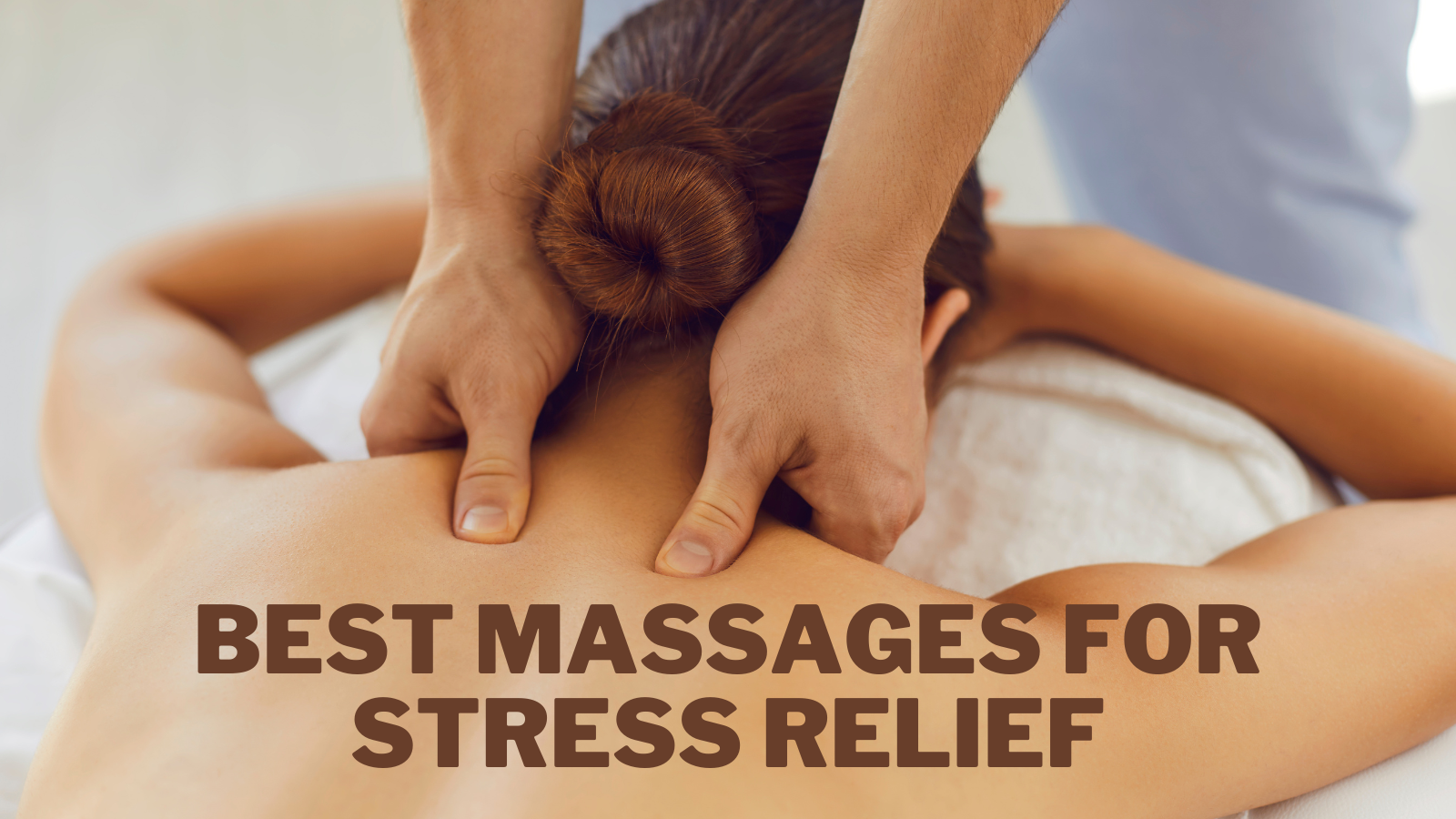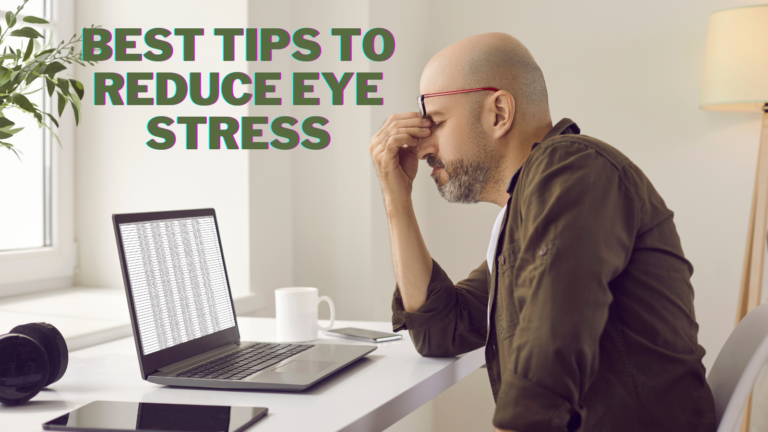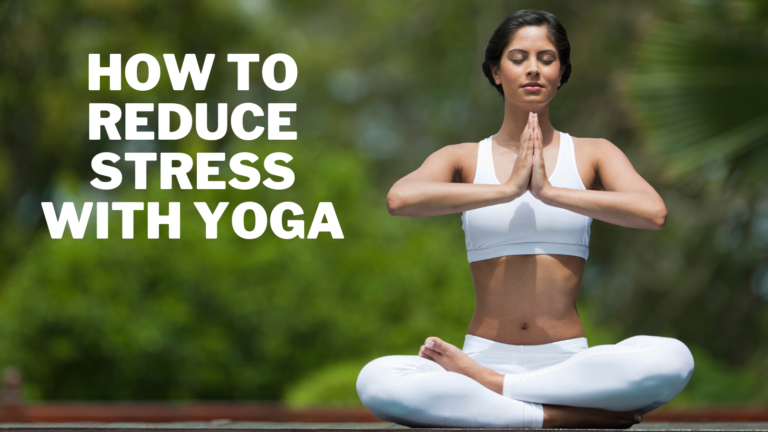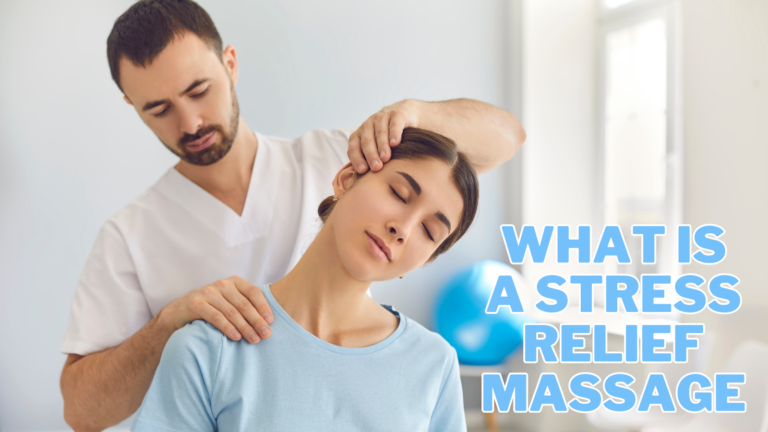Best Massages For Stress Relief
Best Massages For Stress Relief
Massage is among the most effective techniques to reduce stress. It's a great method to calm your body and release stress, whether with a portable massager, on a professional masseuse's table, or with a partner.
Stress is lessened through massage's improved circulation, increased oxygen delivery to cells, and decreased cortisol levels. For at-home relief, Wahl offers a wide selection of handheld massagers.
In this article, we'll explore some of the best massages for stress relief that you can try to help you feel more relaxed and rejuvenated.
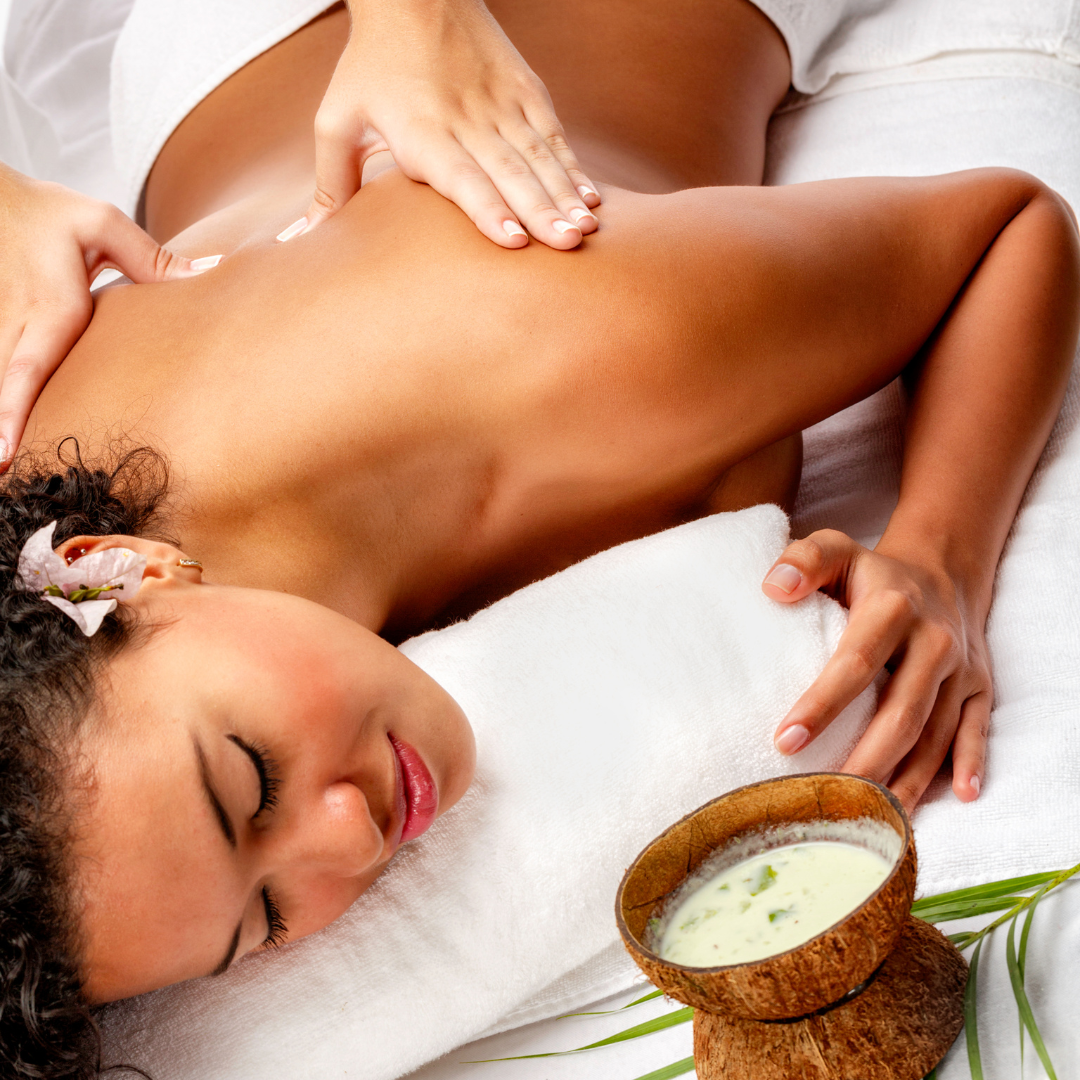
Discover The Benefits Of Massages For Stress Relief
Since ancient times, massage treatment has assisted individuals in unwinding and relieving stress. It can be useful for treating depression, anxiety, and other mental health conditions.
Natural methods like massage can help us feel more relaxed and tranquil by releasing physical and mental strain. Here are some of the top benefits of massage for stress relief:
1. Improved Circulation
Massages help improve blood flow and oxygen circulation throughout the body, which can help reduce tension and promote relaxation.
2. Reduced Muscle Tension
Massages can help release muscle tension and tightness, which can build up due to stress.
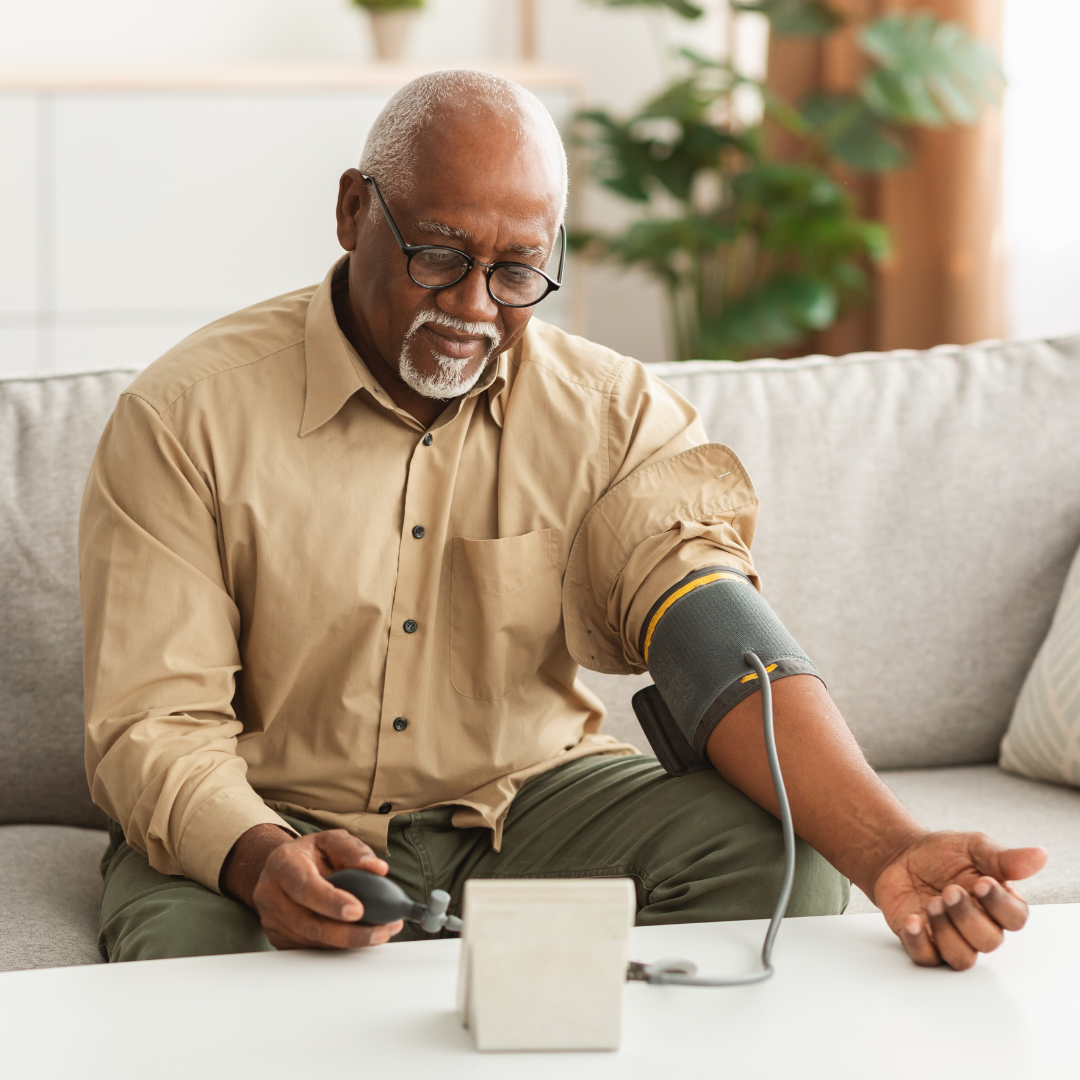
3. Lowered Blood Pressure
Studies have shown that massages can help lower blood pressure, which is often elevated due to stress.
4. Boosted Immune System
Massages can help stimulate the immune system by increasing the production of white blood cells, which can help fight off infection and illness.
5. Improved Sleep
Massages can help promote better sleep by reducing stress and muscle tension, leading to a more restful night's sleep.

6. Enhanced Mental Clarity
Massages can help reduce mental fatigue and improve concentration, making you more alert and focused.
7. Improved Immune Function
Chronic stress can weaken the immune system, making you more susceptible to illness and infection.
Regular massage can help boost immune function by increasing the activity of white blood cells, which help fight off infection and disease.
8. Enhanced Mood
Massages can help release endorphins, natural mood-boosting chemicals. Massages can help improve your overall mood and well-being by reducing stress and promoting relaxation.

9. Increased Focus And Productivity
It can be hard to focus and be productive when stressed. Massages help improve mental clarity and concentration, making you more productive and efficient.
10. Reduces Physical Pain
Stress can often manifest as physical pain in the body. Massage therapy can help reduce muscle tension and relieve physical pain, which can help reduce stress levels overall.
Massages can be a great tool for managing stress and improving overall well-being. By taking the time to care for yourself through regular massages, you can experience a range of physical and mental benefits that can help you better manage the challenges of daily life.
Best Massages For Stress Relief
Massage treatments calm down your body and mind. Numerous physical and mental health disorders benefit greatly from regular massage therapy.
But to begin with, let's look more closely at the finest massage for stress and anxiety.

1. Swedish Massage
Swedish massage is a traditional style that uses long, flowing strokes to reduce stress and encourage relaxation.
The therapist manipulates soft tissue and applies gentle pressure to the muscles using their hands, forearms, or elbows.
The Swedish massage can also use stretching, circular motions, and kneading to increase flexibility and lessen muscle stiffness.
Swedish massage is renowned for lowering stress and encouraging relaxation by raising the body's oxytocin and serotonin levels.
These feel-good chemicals support improved mood, reduced anxiety, and lowered blood pressure.
Additionally, Swedish massage can increase circulation, aid in removing toxins from the body, and promote healing.
The Swedish massage has the advantage of being adaptable to your requirements and preferences. The therapist can soften the pressure if you want a softer touch.
Alternatively, if you'd like a deeper massage, the therapist can apply firmer pressure to deeper layers of muscle tissue.
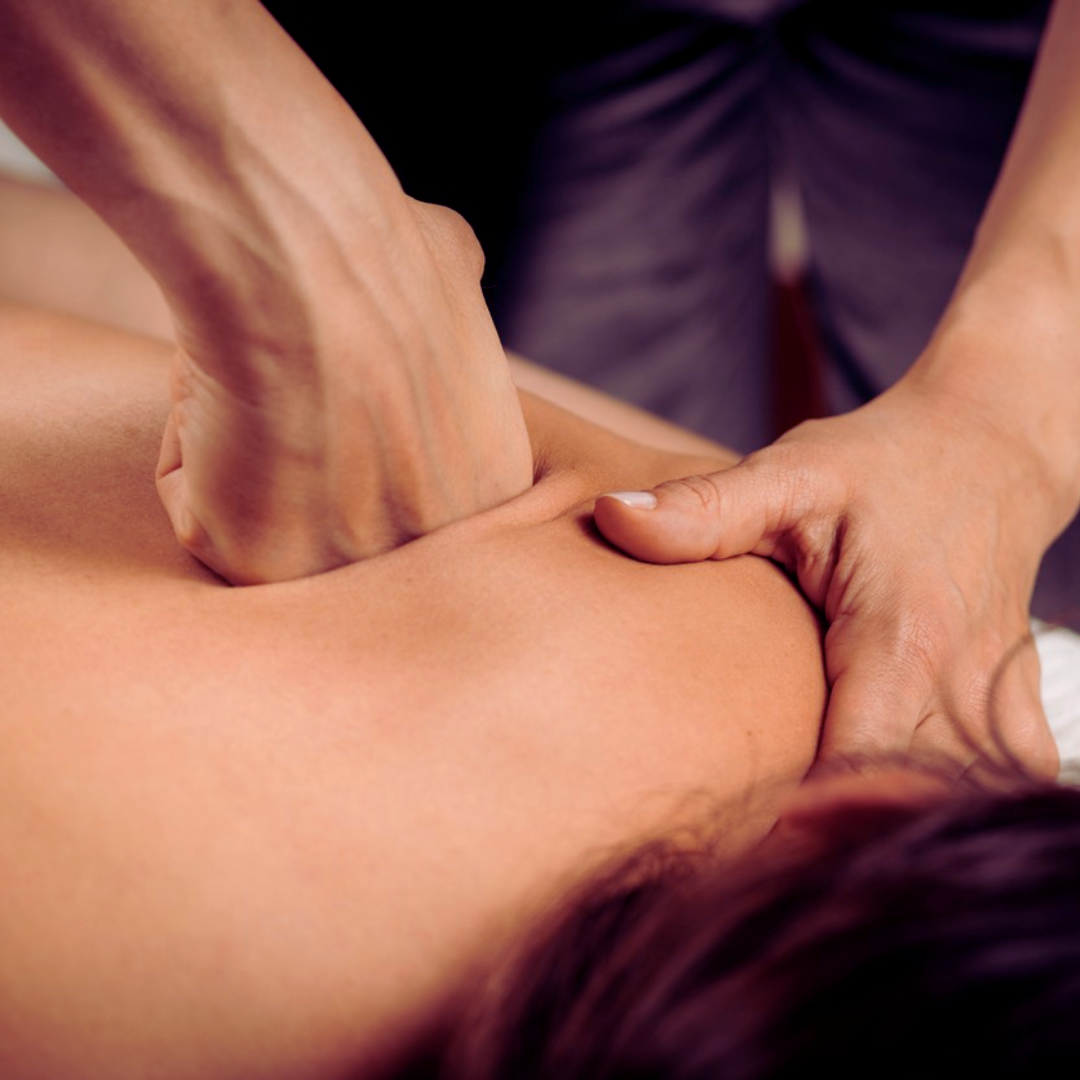
2. Deep Tissue Massage
Deep tissue massage is a type of therapeutic massage that relieves chronic tension and pain by focusing on deeper layers of muscle tissue and fascia.
The massage therapist will use slow, deep strokes and strong pressure to release knots and tight muscles.
Before beginning the treatment, the massage therapist will inquire about your medical history and any particular painful or uncomfortable areas.
You will normally lie on your stomach or back throughout the massage, and you might be instructed to take deep breaths to help the muscles relax.
Speaking with your massage therapist throughout the session is crucial because deep-tissue massage might be painful or uncomfortable due to its intensity.
Nevertheless, the therapist should alter the pressure and techniques to suit your comfort level. After the massage, you could feel stiff or uncomfortable, but this should go away in a day or two.
Deep tissue massage is frequently employed to treat chronic pain, increase mobility, and lessen tension and stress.
It's crucial to remember that not everyone can benefit from this form of massage, especially people with specific medical issues or injuries.
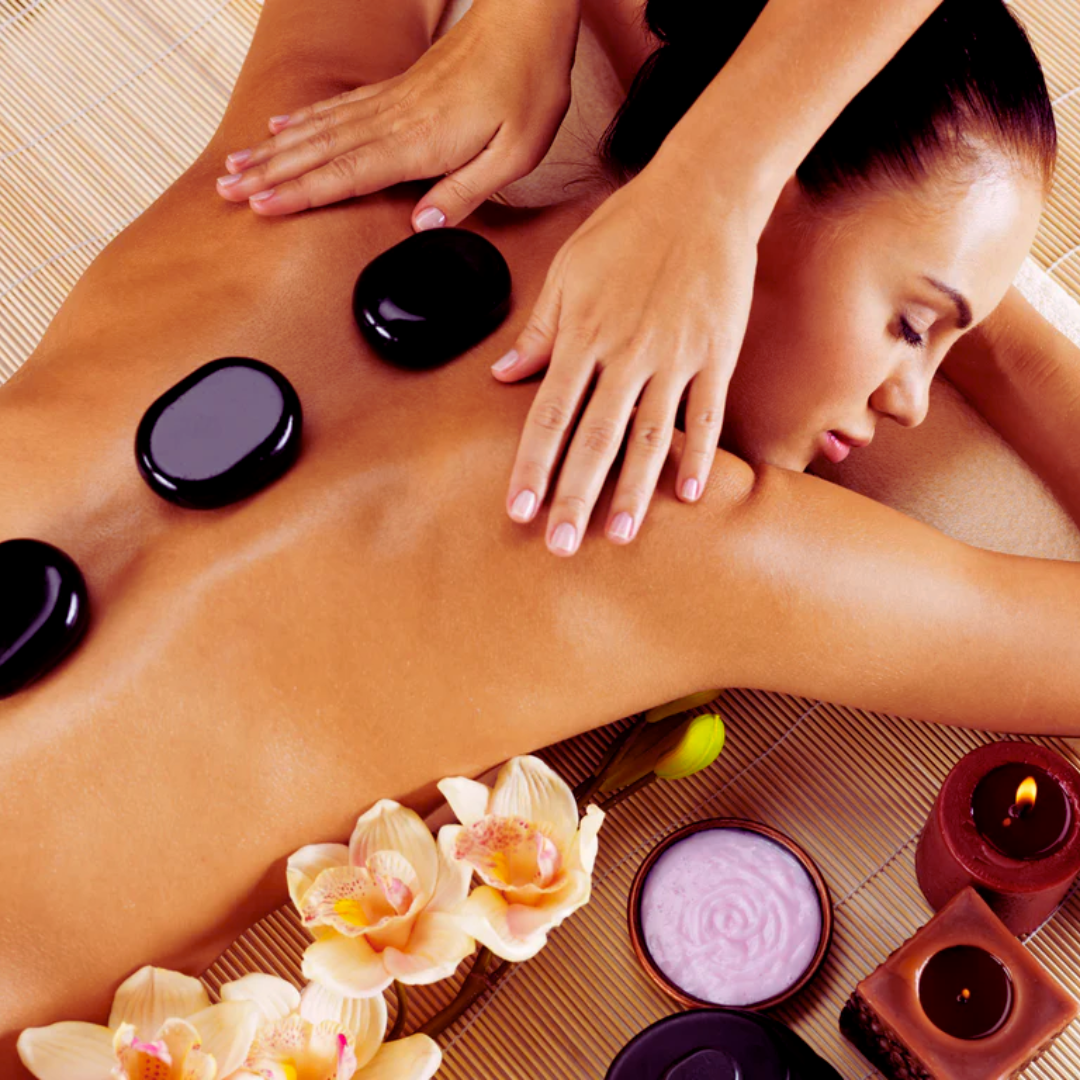
3. Hot Stone Massage
Warming up the muscles and fostering relaxation are the goals of a hot stone massage, a massage therapy.
The body's various parts, including the back, legs, arms, and hands, are covered with smooth, flat stones typically heated to a pleasant temperature.
The heat from the stones may also promote muscle relaxation and increased blood flow, making you feel more at peace and healthy. The masseuse might apply pressure and exercise the muscles using the stones.
When performing a hot stone massage, the therapist may employ various techniques, including trigger point therapy, deep tissue massage, and Swedish massage.
A deeper sense of relaxation and stress alleviation can be achieved by using hot stones to increase the advantages of these methods.
A hot stone massage can be a fantastic option for relieving stress, easing muscle tension, and enhancing general well-being. The heat from the stones might offer an additional therapeutic layer to the usually gentle and relaxing massage.
For those with specific medical issues like diabetes or high blood pressure, it might not be appropriate, though, so they should be aware of this.
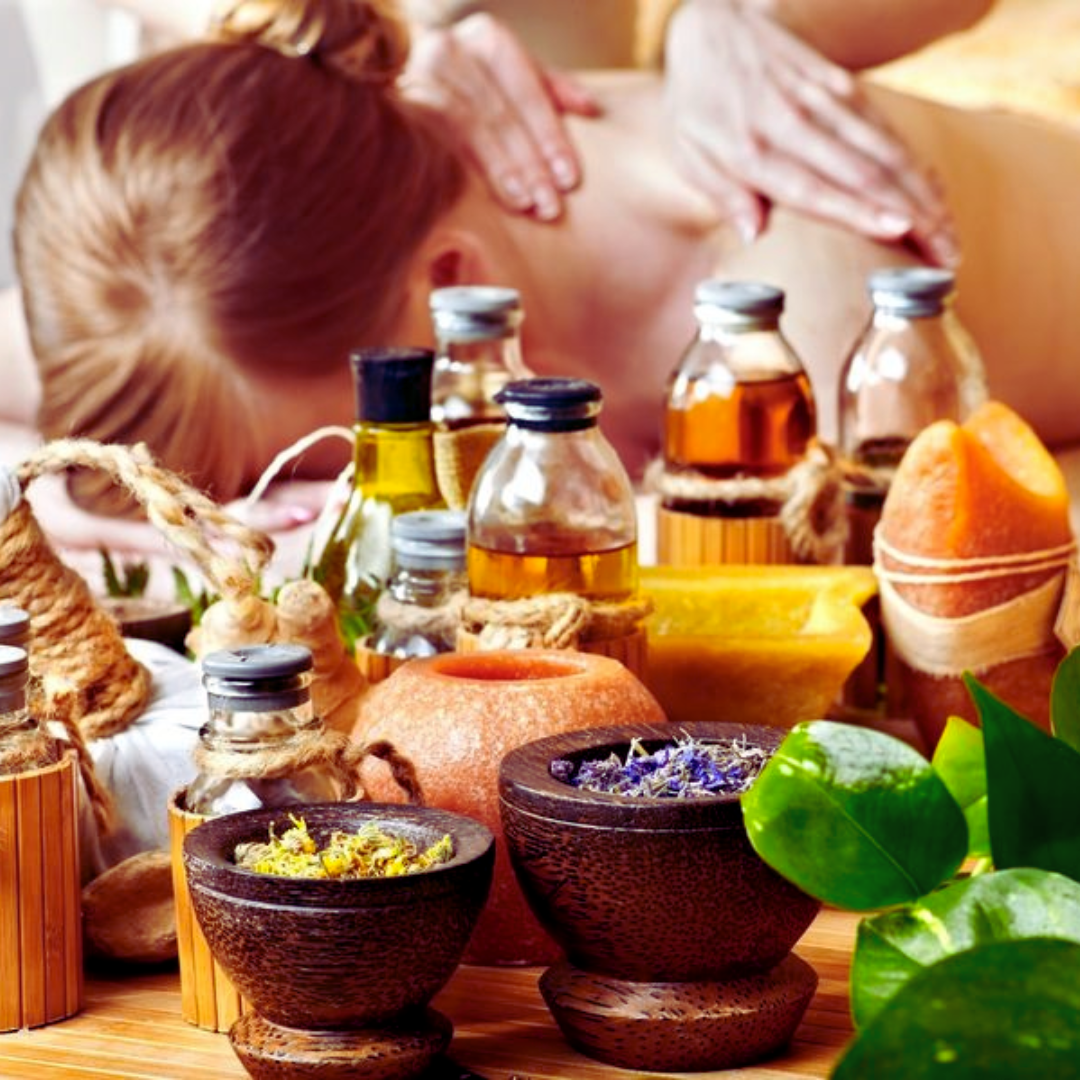
4. Aromatherapy Massage
An aromatherapy massage is a type of massage that uses essential oils to improve the massage experience.
Based on your unique needs and preferences, the therapist will choose particular essential oils, which are then blended with a carrier oil, such as almond or jojoba oil.
During the massage, the mixture is then administered to the skin.
Plants are the source of essential oils and concentrated mixtures of aromatic chemicals. Varied oils are said to have various impacts on the body and mind and are known for their medicinal powers.
For instance, peppermint oil may be used for its refreshing benefits, while lavender oil is frequently utilized for its relaxing effects.
During an aromatherapy massage, the massage therapist employs massage techniques and an essential oil mixture to encourage relaxation, lessen stress, and improve mood.
The essential oils' aroma can impact the senses by stimulating relaxation and lowering pressure.
An aromatherapy massage can be tailored to your unique requirements, whether you want to relieve stress, ease muscle tightness, or feel better overall.
Usually, a light and comforting massage using essential oils can provide another level of relaxation and therapeutic benefit.
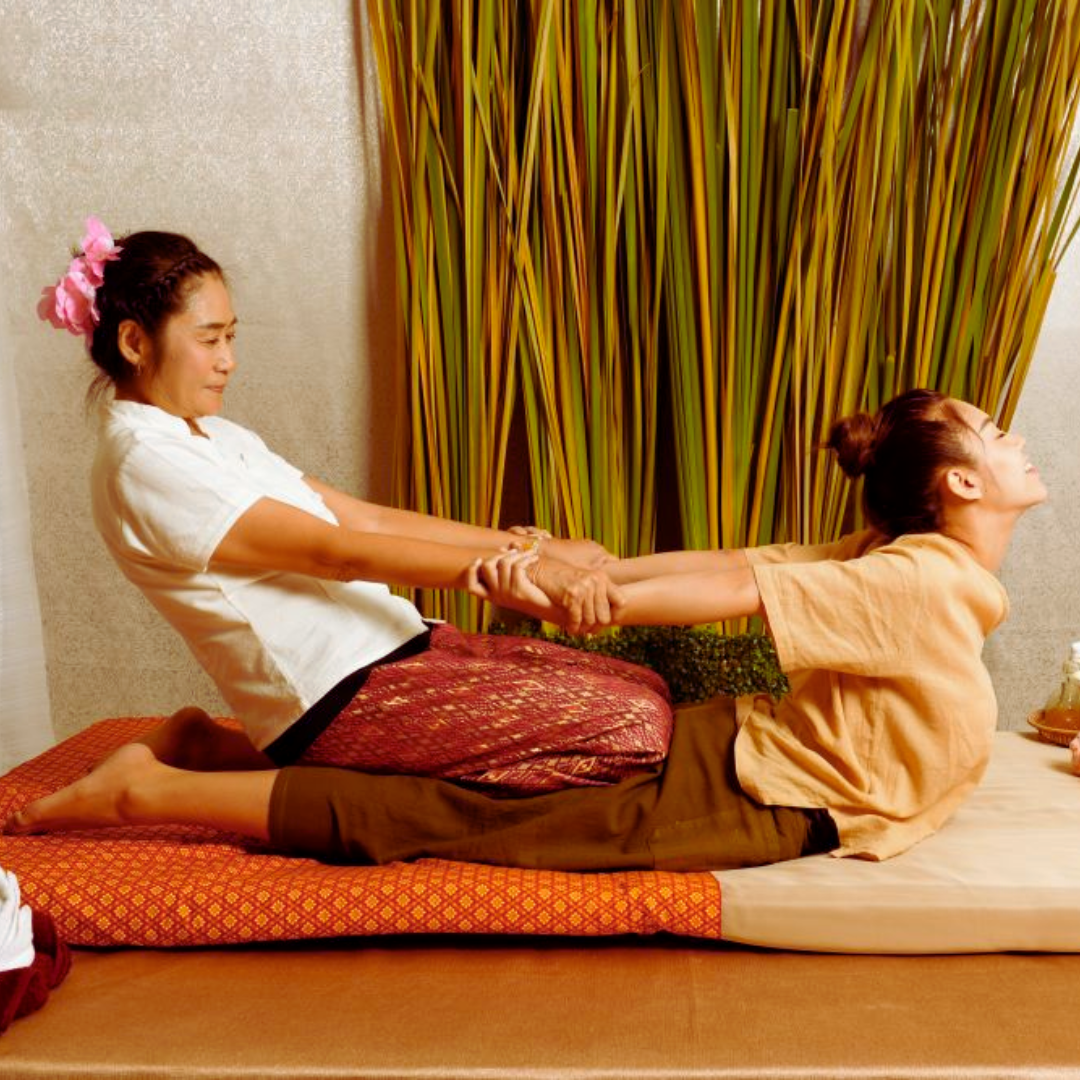
5. Thai Massage
Thai massage is a therapeutic and holistic form of massage practiced for thousands of years in Thailand.
It is a unique blend of acupressure, assisted stretching, and yoga-like postures, making it a very dynamic and interactive form of massage.
During a Thai massage session, the therapist will use their hands, elbows, knees, and feet to apply pressure to specific energy points on the body, called sen lines.
They will also use assisted stretching to help improve flexibility and mobility and various yoga postures to help release tension and stress.
The Thai massage is typically performed on a floor mat, with the recipient wearing comfortable clothing that allows for movement.
The therapist may also use oils or herbal compresses during the massage to enhance therapeutic benefits.
Thai massage can be a great option for stress relief, as it helps to release tension and promote relaxation throughout the body. It can also help to improve flexibility, increase energy levels, and alleviate pain and discomfort.
However, it is important to note that Thai massage can be quite intense and may not be suitable for everyone, particularly those with certain health conditions or injuries.
It is always best to speak with your healthcare provider before trying a new form of massage therapy.

6. Shiatsu Massage
Shiatsu massage, which means “finger pressure” in Japanese, is a type of massage therapy that balances the body's energy flow using finger pressure, stretching, and other methods.
It is founded on the tenets of traditional Chinese medicine and concentrates on the body's meridian lines, or energy channels, that relate to particular organs and bodily systems.
The purpose of a Shiatsu massage is to relieve tension and encourage relaxation by applying pressure to particular spots on the body with the therapist's fingers, thumbs, palms, elbows, and even knees.
The therapist may also use stretching and other techniques to help relieve tension, enhance mobility, and apply pressure ranging from light to deep.
Numerous physical and mental ailments, such as stress, anxiety, headaches, digestive problems, and musculoskeletal pain, can be treated with shiatsu massage.
Although it is crucial to inform your therapist of any health issues or conditions you may have, this type of therapy is typically thought to be secure and non-invasive.
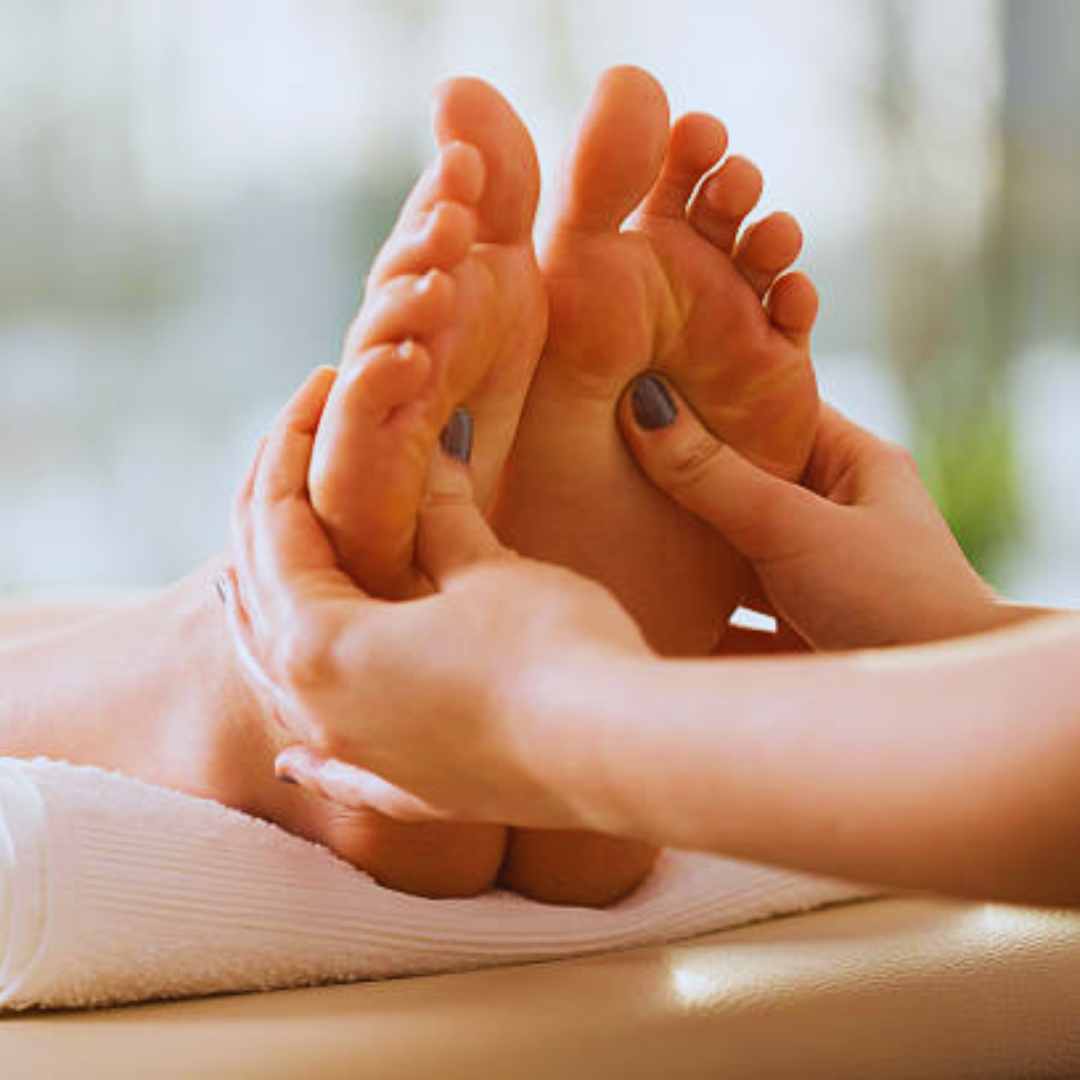
7. Reflexology
In a reflexology treatment, the therapist will press on particular spots on the client's hands, feet, or ears using their fingers and thumbs.
The therapist will use a map of the reflex points to direct their work because each point corresponds to a different body portion.
Pressure is administered during a reflexology session to stimulate the matching organ or system in the body and aid in healing and restoring equilibrium.
Reflexology is frequently used with conventional medicine to treat various diseases, such as anxiety, digestive issues, and chronic pain.
Avoid reflexology if you have specific medical issues like deep vein thrombosis, neuropathy, or foot ulcers.
If you have any worries about the safety or efficacy of reflexology, it's crucial to see your healthcare physician before using it.

8. Sports Massage
Sports massage is a type of massage that focuses on treating soft tissue injuries, soreness, and tension that result from physical activity or sports.
The purpose of this massage is to assist the muscles in warm-up or recuperating before or after a workout or sporting event. Different sports massage techniques include deep tissue massage, compression, and stretching.
During a sports massage, the therapist will typically focus on specific areas of the body that are overused or stressed, such as the legs, back, or shoulders.
The pressure in a sports massage can be more intense than in other types of massage, but the therapist will always work within the client's comfort level.
A sports massage aims to help the client achieve optimal performance, prevent injury, and promote overall physical well-being.
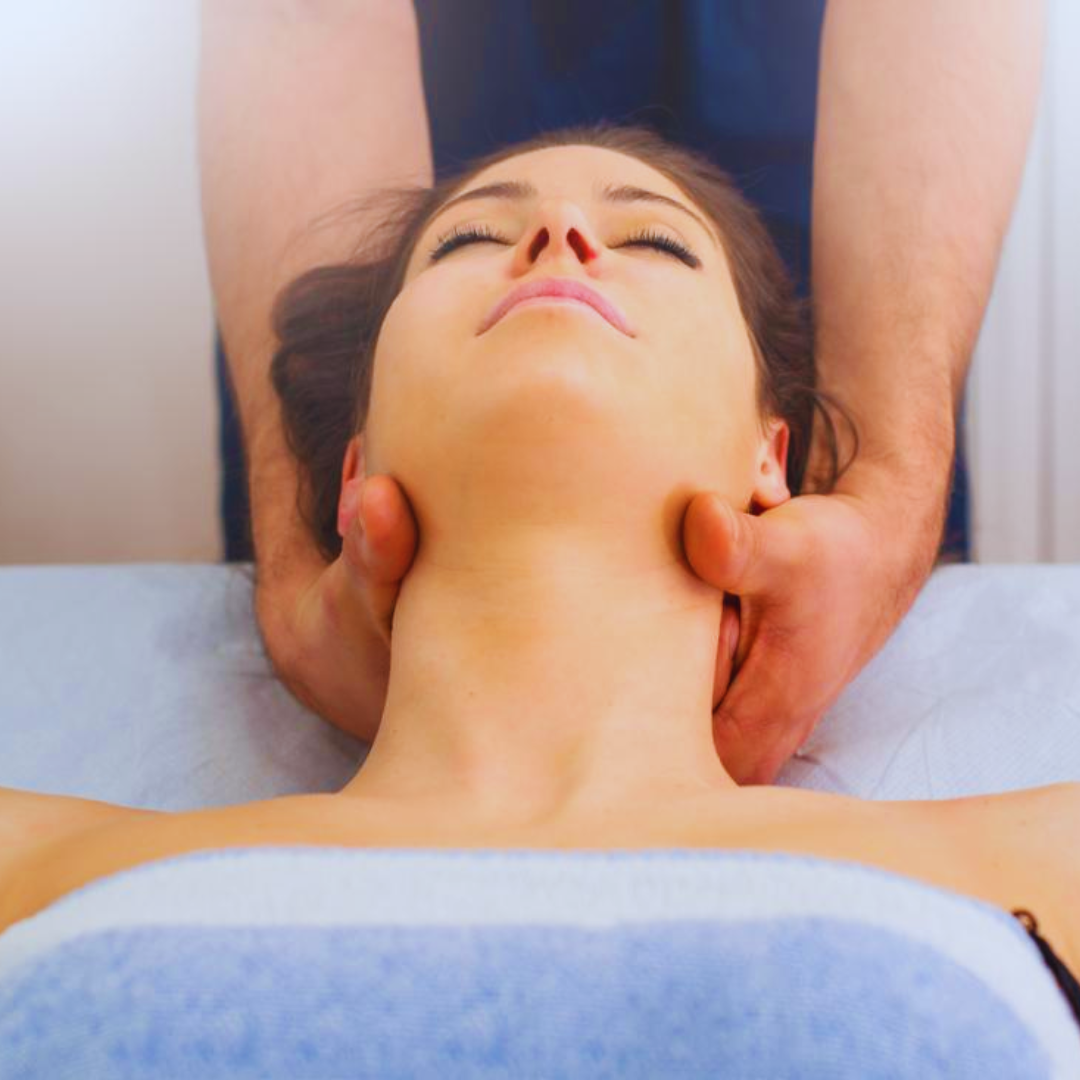
9. Craniosacral Therapy
CST, or craniosacral therapy, is a type of bodywork that concentrates on the bones of the skull, spinal column, and sacrum to encourage relaxation and reduce pain and stress.
The therapist examines the craniosacral system, which comprises the membranes and cerebrospinal fluid that encircle and protect the brain and spinal cord, using gentle, non-invasive touch to identify imbalances and limits.
The theory behind CST holds that a skilled practitioner can sense a rhythm in the craniosacral system.
The therapist can help relieve constraints and reestablish the system's natural rhythm by gently manipulating the bones and tissues of the head, neck, and spine.
This can help to lower tension, increase circulation, and speed up the body's self-healing mechanisms.
Headaches, neck and back pain, TMJ issues, chronic fatigue syndrome, fibromyalgia, and post-traumatic stress disorder (PTSD) are just a few of the illnesses frequently treated with CST.
Additionally, it can assist in encouraging relaxation and lessen anxiety and despair.
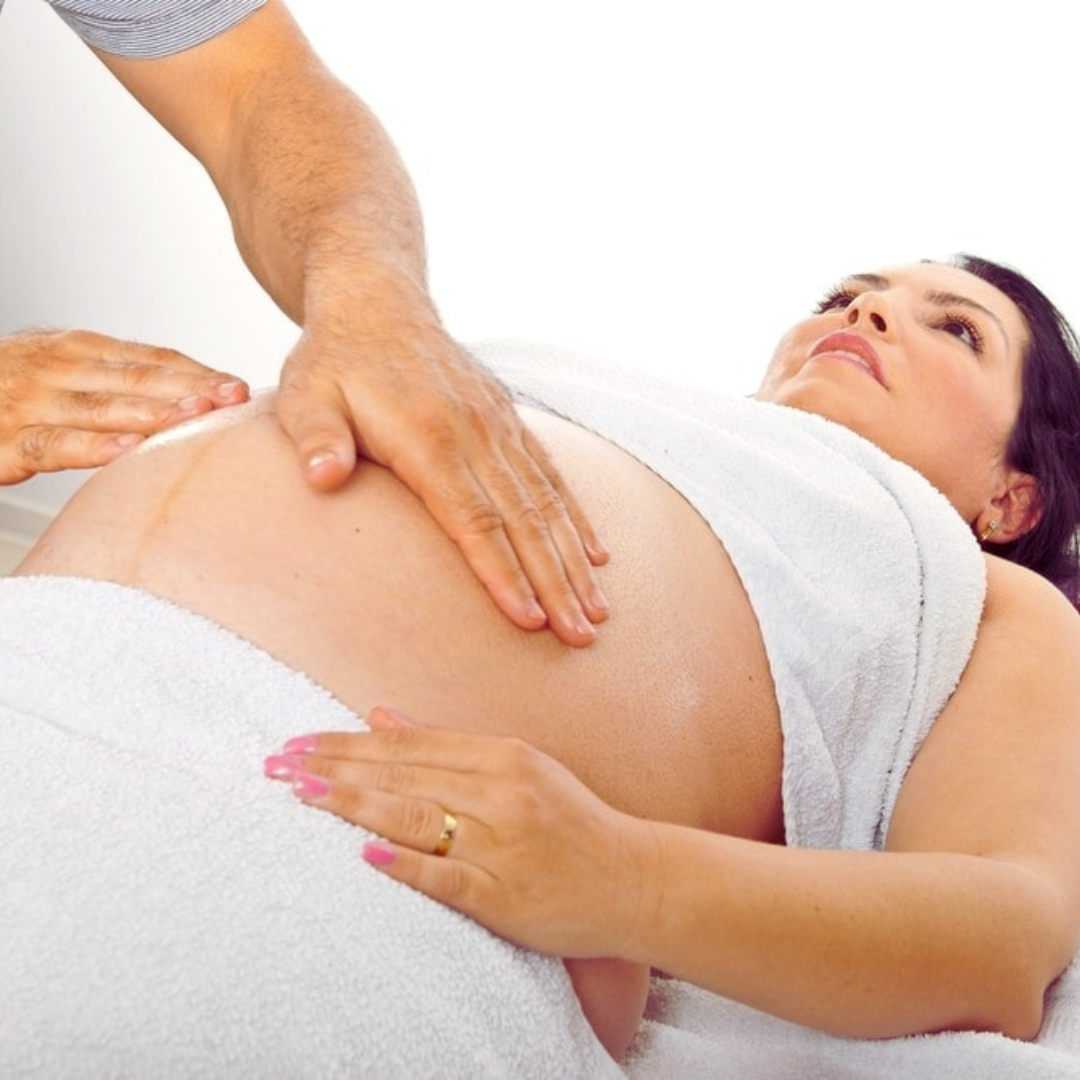
10. Prenatal Massage
Prenatal massage is designed expressly with pregnant women's needs in mind. To avoid putting pressure on the abdomen, the massage therapist may frequently lie on their side while performing various treatments.
Prenatal massage can assist in lessening worry and stress, enhancing sleep quality, and easing pregnancy-related back, neck, and joint pain.
Additionally, it might enhance circulation and reduce edema in the legs and feet.
Speaking with your doctor before getting a prenatal massage is crucial, especially if you're experiencing problems or a high-risk pregnancy.
It's also advised to pick a massage therapist who has received prenatal massage training and certification.

11. Myofascial Release
Myofascial release is a soft tissue therapy that entails applying continuous pressure to the myofascial connective tissue to remove limitations and tension in the body.
This therapy focuses on the fascia, a thin tissue layer covering the body's muscles, bones, and organs.
The therapist will employ various methods to release the fascia and increase mobility, such as stretching and massage.
Myofascial release can aid by easing tension, increasing flexibility, and decreasing chronic pain.
Back pain, headaches, and fibromyalgia are among the conditions that it is frequently used to treat.
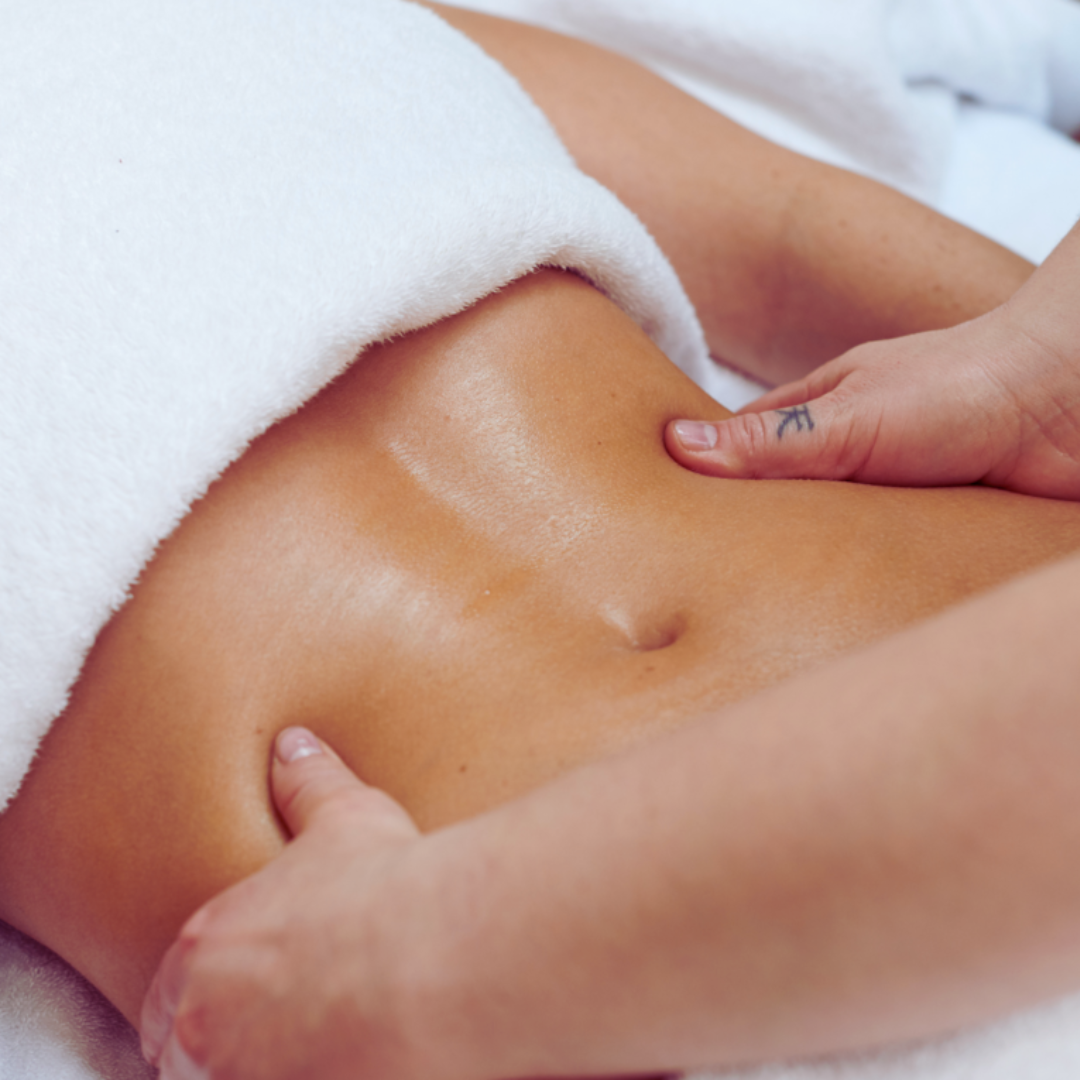
12. Lymphatic Drainage Massage
The lymphatic system, which eliminates waste and toxins from the body, is stimulated by applying soft, rhythmic strokes and pressure during lymphatic drainage massage.
The lymphatic fluid is moved to the lymph nodes, where it can be digested and removed by the body using various techniques, such as gentle, circular motions, by the massage therapist.
This kind of massage can be extremely beneficial for those with lymphedema, where fluid accumulates in the tissues and causes swelling and discomfort.
To lessen the symptoms of lymphedema and other related disorders, lymphatic drainage massage can assist in reducing swelling and improving circulation.
Lymphatic drainage massage can be a fantastic alternative for stress alleviation, and its therapeutic advantages for diseases related to the lymphatic system.
The massage's mild, calming style can aid in promoting relaxation and enhancing general health and wellness.
It is significant to mention that anyone with specific medical conditions, such as cancer or kidney issues, before undergoing a lymphatic drainage massage should speak with their healthcare professional.
Conclusion
Massage therapy is a fantastic technique for lessening tension and anxiety. It can help you unwind, feel happier, and even improve your general health.
When selecting the finest massage for stress and anxiety reduction, it's crucial to consider the sort of massage that will work best for you, how to prepare for the session, and what aftercare suggestions are necessary.
By taking these precautions into account, you can ensure that your massage experience is secure and helpful in lowering your stress levels.
Following a massage therapy session, taking the right aftercare measures, and self-reflection can help lower tension and anxiety levels.
Discussing the optimal timetable with your therapist or doctor is crucial so that regular follow-up treatments can eventually offer even more comfort.
I trust you enjoyed this article about the Best Massages For Stress Relief. Please stay tuned for more blog posts soon.
JeannetteZ
>>>Please click here to read my all-inclusive article about Lessons That Will Teach You All About Stress<<<
>>>Are you interested in Natural Healing And Stress Relief through Herbs? Please click here for my #1 Recommendation<<<
Your Opinion Is Important To Me
Do you have thoughts, ideas, or questions? I would love to hear from you. Please leave me your questions, experiences, and remarks about the Best Massages For Stress Relief in the comments section below. You can also reach me by email at Jeannette@Close-To-Nature.org.
Disclosure
This post may contain affiliate links. I earn from qualifying purchases as an Amazon Associate and other affiliate programs. Please read my full affiliate disclosure.
You might also enjoy these blog posts:
What Is A Stress Relief Massage?
Best Teas For Anxiety And Stress
What Are The Best Methods To Relieve Stress

